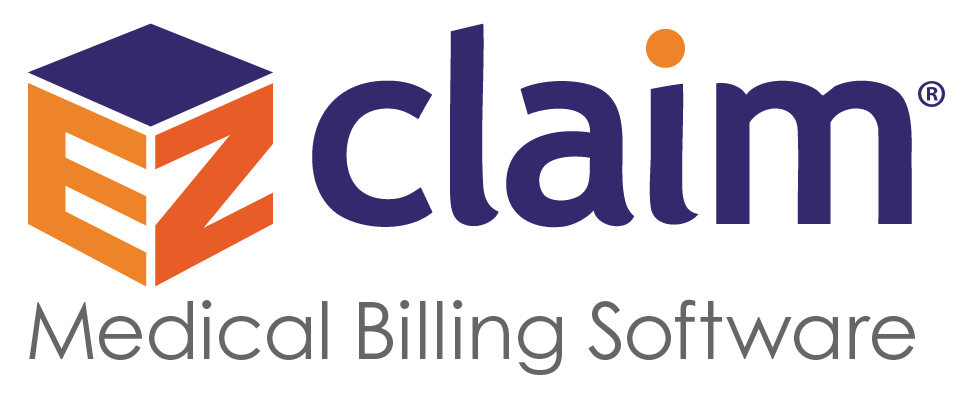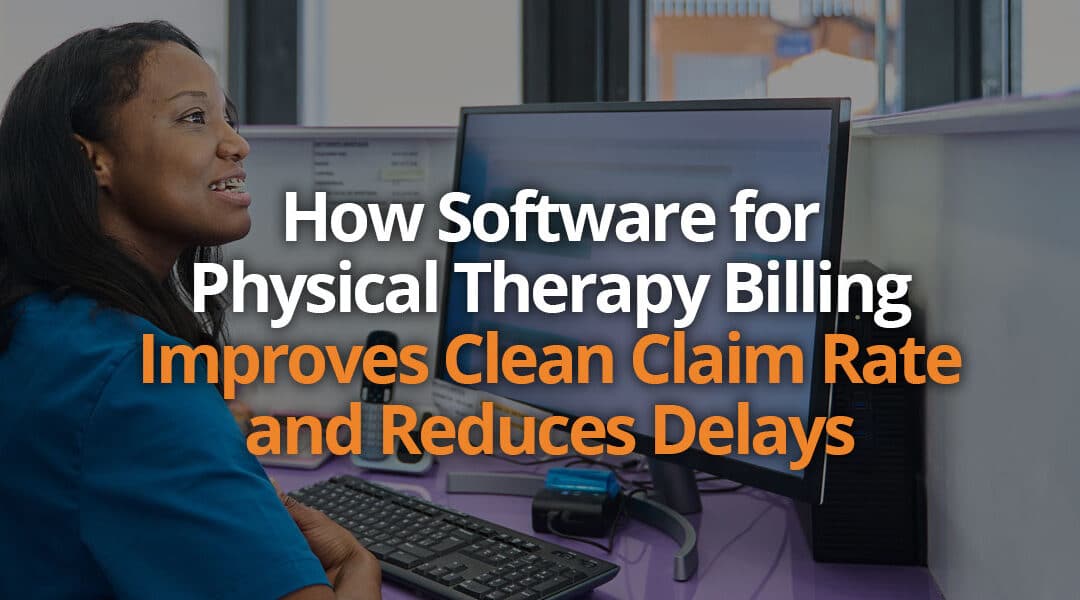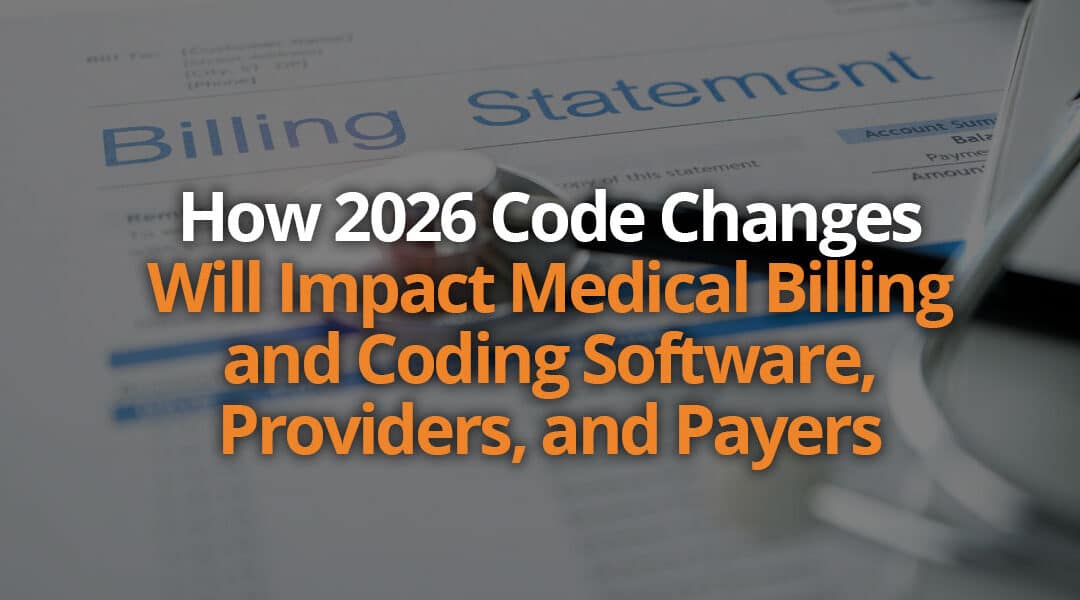
How Medical Billing Software for Psychiatry Reduces Denials
The right medical billing software can help reduce denial rates and improve billing accuracy. This article explores how EZClaim’s medical billing software for psychiatry supports cleaner claims and more consistent reimbursement.
What Are The Common Denial Patterns Unique to Psychiatry
Psychiatry billing includes complexities that make denials more frequent than in other specialties. Some of the most common issues include:
- Frequent denial reasons tied to mental health claims
- Problems related to session limits, medical necessity documentation, and treatment plan updates
- Coding nuances involving POS codes, CPT codes, and time-based coding
- Breakdown in prior authorization processes that leads to cascading denial issues
These challenges add pressure to already busy workflows and highlight the need for tools that help teams reduce errors before claims are submitted.
How Denials Impact Psychiatry Practices Financially and Operationally
Denials affect more than the billing department. Their impact is felt across the entire practice.
- Denials slow cash flow and increase AR days.
- Billers, providers, and office managers carry a greater administrative burden.
- Appointment delays and treatment plan disruptions often follow authorization issues.
- Teams lose valuable time to rework, resubmissions, and follow-up calls.
- Smaller practices or single-provider clinics feel the strain more intensely due to limited staffing.
When denials become routine, workflows slow down, revenue consistency declines, and staff morale is affected.
How Medical Billing Software for Psychiatry Supports Cleaner Claims
Psychiatry billing leaves little room for error. Small gaps in eligibility, documentation, or coding can turn into fast denials. Software that supports cleaner claims helps teams stay ahead of these issues and protects the reimbursement cycle.
Here is how medical billing software makes a difference for psychiatry practices:
- Real-time eligibility checks allow staff to confirm insurance details before a visit, which prevents avoidable denials that come from expired plans or coverage changes.
- Clean electronic claim submission ensures claims are formatted correctly and sent through without the common technical mistakes that lead to instant rejections.
- Document linking keeps treatment notes, authorizations, and required records connected to each claim, so billers have everything in one place when questions come up.
- Task lists help staff track pending items such as follow-ups, missing details, or authorization updates, so nothing stalls the claim.
- Reporting tools highlight trends and recurring issues so teams can correct problem areas and prevent repeat denials.
Together, these features help psychiatry practices reduce the back and forth that slows payments. With cleaner claims, teams spend less time reworking errors and more time maintaining a consistent revenue flow.
Reduce Denials with EZClaim
Reducing denials requires tools that keep billing clear, organized, and easy to manage. With medical billing software for psychiatry, teams gain better visibility, improved claim accuracy, and more predictable revenue.
EZClaim gives practices a simple way to verify coverage, create cleaner claims, and stay on top of billing tasks without extra effort. Its built-in eligibility checks, electronic submission tools, document organization, task lists, and reporting features help teams avoid the mistakes that lead to denials in the first place. The result is a billing process that runs more smoothly and supports steady, reliable reimbursement.
To see these capabilities in action, explore EZClaim’s features online today!






